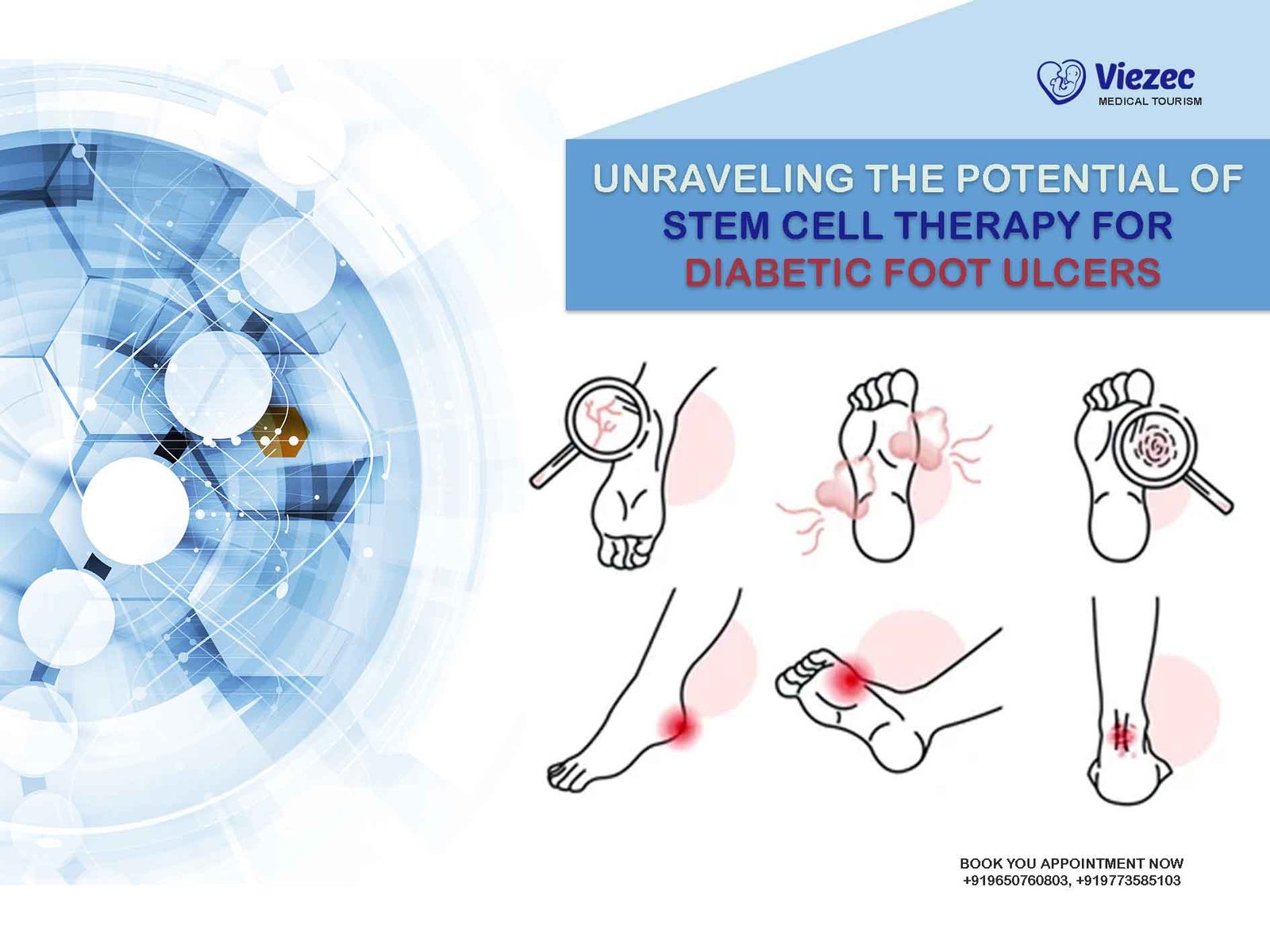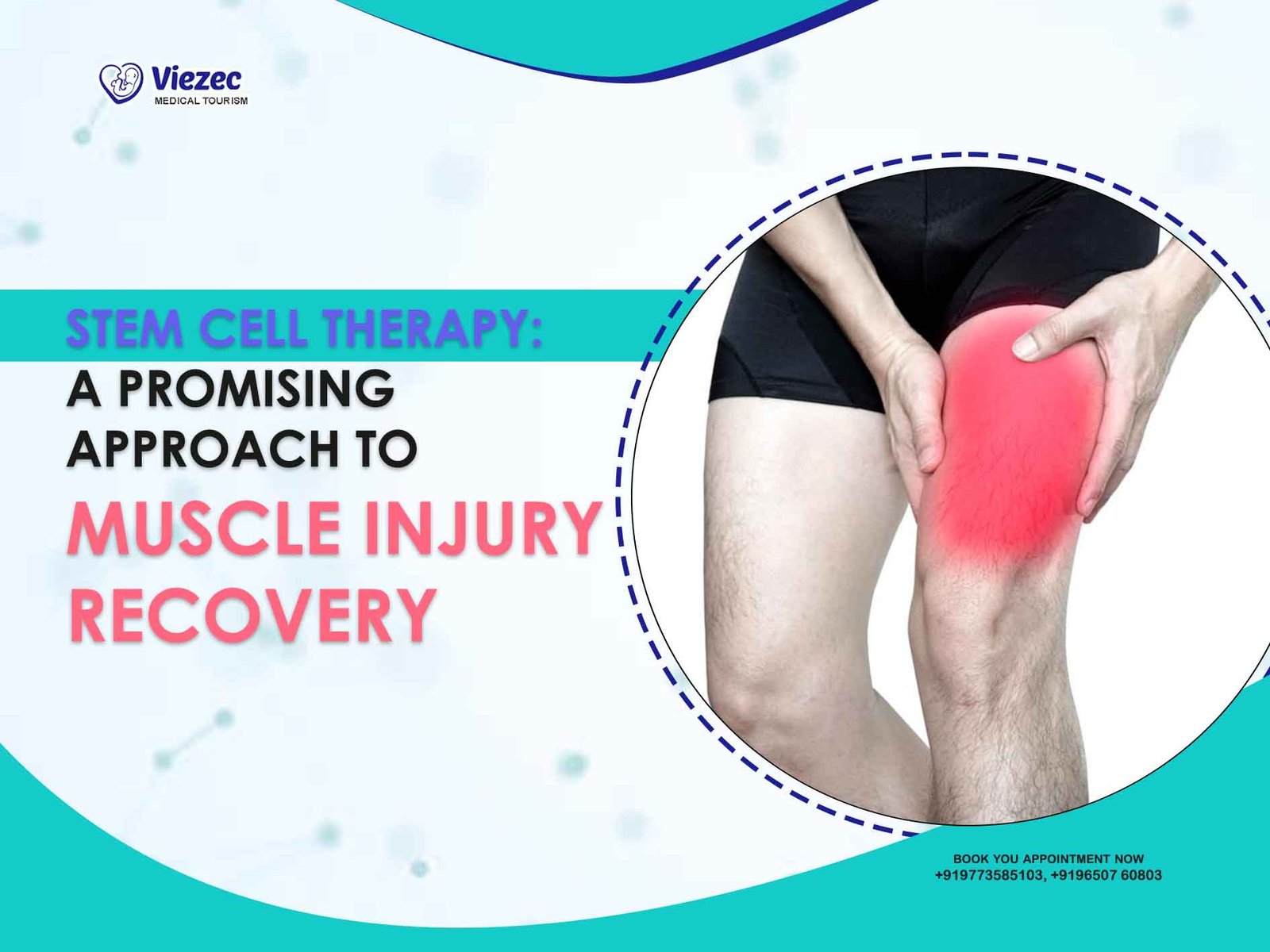As regenerative medicine takes center stage in modern healthcare, two innovative therapies exosomes and stem cells—are transforming how we treat everything from joint injuries to chronic inflammation and signs of aging. But while both promise to heal and restore, they work in fundamentally different ways.
Stem cells are living, multipotent cells capable of rebuilding damaged tissues by turning into specialized cells like bone, cartilage, or nerve. Exosomes, on the other hand, are tiny extracellular messengers released by cells—especially stem cells that signal your body to heal itself by reducing inflammation, boosting cellular communication, and enhancing recovery.
This article breaks down the science, benefits, limitations, and real-world applications of both treatments—so you can understand how they work, what they’re best for, and which one might be the right fit for your unique needs. Whether you’re exploring regenerative options for pain relief, aesthetics, or immune health, this guide offers a clear, engaging comparison of two of the most promising tools in modern medicine.
Why These Two Are Changing the Face of Regenerative Medicine
Regenerative medicine is reshaping the future of healing—offering real solutions for injuries, chronic conditions, and even aging. At the center of this medical revolution are two powerful tools: stem cells and exosomes.
Both therapies aim to repair and restore damaged tissue, reduce inflammation, and support natural healing. But while they often get grouped together, they’re not the same—and knowing how they differ is key if you’re exploring advanced treatment options. Stem cells work like a construction crew, rebuilding and regenerating. Exosomes, on the other hand, act like foremen—directing the healing process by sending out vital instructions to your body’s own cells.
What makes them so exciting? It’s the promise of healing from within, without surgery, long recovery times, or pharmaceuticals. For many, these therapies signal not just hope—but a new paradigm in medicine.
A Quick Glance at Their Popularity in Clinics
Stem cell therapy has long held the spotlight, especially in orthopedics, sports medicine, and aesthetic treatments. From regenerating knee cartilage to rejuvenating skin, it’s been widely used across specialties for the past two decades.
Lately, though, exosome therapy is stealing some of that spotlight. Clinics are embracing it for its lower risk, non-cellular nature, and simplicity in application. Because exosomes don’t contain live cells, they’re easier to store, safer to administer, and less likely to trigger immune responses.
As more wellness centers and medical spas add exosome treatments to their offerings, the need for clear, accurate information about how they compare to stem cells is more important than ever.
What Are Stem Cells?
The Foundation of Cellular Therapy
Stem cells are the body’s master builders—raw, unspecialized cells with the unique ability to transform into many different types of cells. Think of them as the blank tiles in a biological Scrabble game: they can become muscle, bone, nerve, or skin cells depending on where they’re needed.
When introduced into injured or diseased tissue, stem cells can repair, regenerate, and replace damaged cells. This ability makes them incredibly powerful in medical treatments ranging from joint regeneration to heart repair.
What sets stem cells apart is their dual ability to self-renew and differentiate. In other words, they can make more of themselves and also become specialized cells. This flexibility is the reason they’re such a big deal in regenerative medicine.
Embryonic vs Adult Stem Cells
There are two main categories of stem cells: embryonic and adult (also called somatic or mesenchymal stem cells, depending on the source).
-
Embryonic stem cells are pluripotent, meaning they can develop into virtually any cell type in the human body. However, their use is highly regulated and controversial due to the way they’re obtained—from early-stage embryos.
-
Adult stem cells, by contrast, are multipotent, meaning they can become a limited range of cells. They’re commonly harvested from bone marrow, adipose (fat) tissue, or umbilical cord blood. While more limited in scope, they’re widely used in clinical settings and pose fewer ethical concerns.
Induced Pluripotent Stem Cells (iPSCs) – A Middle Ground
iPSCs are a scientific breakthrough: adult cells that are reprogrammed in a lab to behave like embryonic stem cells. They’re pluripotent and highly versatile—offering nearly the same potential as embryonic stem cells, but without the ethical complications.
That said, iPSCs are still mostly used in research rather than routine clinical practice. Their production is costly and technically complex, and safety studies are ongoing to ensure they don’t cause unintended effects like abnormal growth or mutations.
What Are Exosomes?
Cellular Messengers with Healing Potential
Exosomes might be tiny, but their impact on healing is huge. These microscopic messengers—technically known as extracellular vesicles—are released by nearly all cell types, especially stem cells. They’re not cells themselves, but rather packets of instructions that help cells communicate with one another.
Imagine them as text messages your cells send out when something’s wrong. These messages contain proteins, lipids, and genetic material that tell other cells how to respond—whether it’s to reduce inflammation, regenerate tissue, or ramp up immune responses.
What makes exosomes so exciting is that they can trigger healing without introducing whole cells into the body. That translates to a lower risk of rejection, easier handling, and greater treatment flexibility.
How Exosomes Are Derived from Stem Cells
In clinical applications, exosomes are typically harvested from lab-cultured mesenchymal stem cells (MSCs). Instead of injecting the cells themselves, scientists collect the exosomes the stem cells naturally release into the surrounding environment.
These exosomes are then purified, concentrated, and sometimes freeze-dried into a form that can be easily injected or applied topically. Because they’re acellular, they don’t replicate, mutate, or trigger the same immune responses as stem cells might.
What’s Inside an Exosome?
Each exosome is like a tiny capsule loaded with biologically active cargo. Common components include:
-
Growth factors – stimulate tissue repair and regeneration
-
Anti-inflammatory proteins – help calm overactive immune responses
-
mRNA and microRNA – influence gene expression and cellular behavior
This unique mix allows exosomes to coordinate complex healing responses, encouraging nearby cells to divide, migrate, or reduce inflammation—exactly what’s needed depending on the injury or condition being treated.
Mechanism of Action: How Each Therapy Works
Understanding how stem cells and exosomes actually work inside the body is key to choosing the right therapy. While both aim to promote healing, they operate in very different ways—one works by rebuilding, the other by directing.
Stem Cells: Replace and Rebuild
Stem cells function like nature’s repair crew. When introduced into the body—whether through injection or infusion—they search for damaged or inflamed tissues. Once they reach the site of injury, they can:
-
Attach to the damaged tissue
-
Transform into the needed cell type, such as cartilage, muscle, or nerve
-
Begin the process of structural repair
This regenerative power makes them ideal for conditions that require tissue replacement, like joint degeneration, tendon tears, or spinal injuries.
But stem cells don’t just rebuild. They also release helpful signals (including exosomes!) that stimulate your own body’s repair mechanisms. So in a way, they’re both builders and messengers.
Exosomes: Signal and Stimulate
Exosomes take a different approach. Instead of becoming part of the new tissue, they act like a coach, directing nearby cells to do the healing work. Once administered, exosomes travel through the bloodstream or target area and deliver their message through molecules like:
-
MicroRNAs, which influence gene expression
-
Growth factors, which encourage cell proliferation
-
Cytokines, which modulate inflammation
This cell-free therapy triggers a cascade of biological events, leading to reduced inflammation, improved circulation, and accelerated healing—without the risks that can come with live-cell therapies.
Which Is More Efficient in Communication?
When it comes to cell-to-cell communication, exosomes may have the edge. They’re naturally designed for messaging and can deliver highly specific instructions to the body with minimal immune response.
Stem cells are powerful, but they need to engraft, survive, and differentiate—a more complex and sometimes unpredictable process. In contrast, exosomes are readily absorbed, easy to administer, and generally well-tolerated.
In short:
-
Stem cells are best for rebuilding.
-
Exosomes are best for signaling and stimulating.
Each has its strengths, and in many cases, they’re even used together to maximize healing potential.
Key Differences Between Exosomes and Stem Cells
While stem cells and exosomes often work hand-in-hand in regenerative therapy, they are fundamentally different in how they’re structured, delivered, and regulated. Understanding these differences can help you make a more informed choice based on your condition, goals, and comfort level.
Biological Composition
-
Stem cells are living, functional cells. They contain a nucleus with DNA, can replicate, and can differentiate into other cell types.
-
Exosomes are non-living extracellular vesicles. They don’t contain DNA or a nucleus and cannot divide or grow. Instead, they carry proteins, lipids, and RNA that influence how other cells behave.
Think of stem cells as builders with a toolbox, while exosomes are the blueprints and instructions sent to existing workers (your own cells) to get the job done.
Treatment Delivery and Storage
Stem cell therapies typically require:
-
Invasive harvesting (often from bone marrow or fat tissue)
-
Specialized labs for culturing and expansion
-
Strict storage and handling (often cryopreservation)
Exosomes, on the other hand, are:
-
Easier to produce and store, often available as freeze-dried or refrigerated vials
-
Non-invasive, with no need to harvest from the patient
-
Versatile, and can be delivered via injection, IV, microneedling, or even topical application (for skin treatments)
This difference makes exosome therapy more convenient and accessible, especially in non-hospital settings like medspas and wellness clinics.
Are Exosomes Truly Cell-Free?
Yes exosomes are completely acellular. They do not contain nuclei, DNA, or the machinery needed to replicate. This makes them an ideal choice for those who want the benefits of regenerative therapy without the potential complications that can arise from live-cell treatments.
That said, quality and sourcing matter. Not all exosome products on the market are the same. Patients should ask providers whether their exosomes are:
-
Derived from mesenchymal stem cells (most common and widely studied)
-
Lab-tested for purity, sterility, and consistency
-
Free of additives or foreign proteins
Clinical Applications: Where They Shine
Stem cells and exosomes aren’t just theoretical breakthroughs—they’re already being used to transform patient outcomes in real-world clinical settings. Whether it’s helping an athlete recover faster or reducing signs of aging, these therapies are gaining traction for good reason.
Let’s look at where each one shines the most.
Joint and Cartilage Repair
Musculoskeletal conditions are among the most common uses for regenerative medicine. Stem cells and exosomes are both used to address joint damage, arthritis, and tendon injuries.
Osteoarthritis and Sports Injuries
-
Stem cell therapy has shown promising results in regenerating cartilage and soft tissue, making it popular for conditions like knee osteoarthritis, rotator cuff tears, and hip labrum injuries.
-
Exosomes are increasingly used as an anti-inflammatory adjunct, helping reduce pain and swelling while supporting the body’s natural healing response.
Many orthopedic clinics now offer combination therapy—stem cells to rebuild, exosomes to reduce inflammation and direct cellular repair.
Skin and Aesthetic Medicine
The cosmetic world is embracing exosomes and stem cells as a way to rejuvenate skin from the inside out—without surgery or harsh chemicals.
Anti-Aging, Acne Scars, and Rejuvenation
-
Exosomes are commonly applied via microneedling or injectables to:
-
Stimulate collagen production
-
Improve skin texture and tone
-
Fade scars, fine lines, and hyperpigmentation
-
-
Stem cell-based treatments (often using stem cell-conditioned media) are also used in PRP facials, hair restoration, and wound healing.
Because exosomes are easier to store and apply, they’re quickly becoming the go-to choice in medical spas and dermatology clinics.
Neurological and Autoimmune Conditions
This is one of the most exciting—and still emerging—areas for regenerative medicine.
-
Stem cells, particularly mesenchymal and neural-derived, are being studied for:
-
Multiple sclerosis
-
Parkinson’s disease
-
Traumatic brain injury
-
Spinal cord injuries
-
-
Exosomes show early promise for their ability to cross the blood-brain barrier and modulate immune responses, offering hope for conditions like:
-
Rheumatoid arthritis
-
Lupus
-
Neuroinflammation disorders
-
Advantages and Limitations
Like any medical treatment, both stem cells and exosomes come with their own sets of strengths and challenges. The right choice often depends on the condition being treated, the goals of therapy, and individual health considerations.
Let’s break down the pros and cons of each.
Stem Cells: Pros and Cons
Pros:
-
Tissue regeneration at its core – Stem cells don’t just trigger healing; they can actually become the new tissue your body needs, whether that’s cartilage, muscle, or nerve cells.
-
Long-term potential – Because they can self-renew and integrate into tissue, stem cells may offer longer-lasting results than cell-free options.
-
Versatility – With applications in orthopedics, cardiology, neurology, and aesthetics, stem cells are one of the most versatile tools in regenerative medicine.
Cons:
-
Invasive sourcing – Harvesting your own stem cells may involve procedures like bone marrow aspiration or liposuction.
-
Complex handling – Stem cells require precise lab processing and cryopreservation, making the therapy more technically demanding and costly.
Exosomes: Pros and Cons
Pros:
-
Lower risk profile – Because exosomes are cell-free and don’t contain DNA, they are non-replicating, non-immunogenic, and generally safer.
-
Easy storage and use – No harvesting or cryopreservation needed. They can be freeze-dried, stored at room temperature, and administered easily by injection, IV, or topically.
-
Powerful anti-inflammatory effects – Exosomes shine in reducing inflammation, making them especially useful in autoimmune, orthopedic, and aesthetic medicine.
-
Emerging as an alternative – For patients who aren’t candidates for stem cells or prefer a less invasive option, exosomes offer a powerful alternative.
Cons:
-
No structural regeneration – Exosomes don’t build new tissue; they instruct your own cells to do the work, which may not be enough in severe tissue loss or advanced degeneration.
- Product variability – Because the FDA has not yet standardized exosome production, quality can vary widely depending on the clinic or supplier.
The Cost and Accessibility Factor
In terms of price, exosome therapy is generally more affordable and accessible. Treatments range from $1,500 to $6,000, while stem cell procedures often start at $5,000 and can exceed $20,000, especially for autologous treatments involving lab expansion.
Exosomes vs Stem Cells: Which One Should You Choose?
Deciding between exosome and stem cell therapy isn’t about which one is “better”—it’s about choosing the right tool for your body, your condition, and your goals. Both therapies hold remarkable promise, but their mechanisms and outcomes can differ significantly.
It Depends on the Condition and Desired Outcome
Here’s a simple way to think about it:
-
Choose stem cells when you need structural regeneration—like rebuilding cartilage, tendon, or nerve tissue. If there’s significant tissue damage, stem cells may be better equipped to fill in the blanks and restore physical structure.
-
Choose exosomes when the goal is to reduce inflammation, enhance cellular communication, or support recovery without introducing new cells. They’re ideal for:
-
Autoimmune conditions
-
Chronic inflammation
-
Skin rejuvenation
-
Supporting stem cell therapy as a companion treatment
-
In some advanced clinics, exosomes and stem cells are used together to enhance results. In this approach, stem cells initiate structural repair while exosomes amplify the healing signals and minimize inflammation.
How to Discuss Options with Your Healthcare Provider
When exploring regenerative treatments, it’s important to have a transparent and informed conversation with your provider. Here are some key questions to ask:
-
What’s the source of the product?
(Is it autologous, allogenic, lab-cultured? Human-derived or animal-derived?) -
What outcomes can I realistically expect?
(Is this a one-time treatment or will I need follow-ups? What is the success rate?) -
What risks are involved, and how are they managed?
-
Are the products tested for purity and safety?
A reputable provider will welcome these questions—and their answers should help you feel empowered, not pressured.
Looking for Stem Cell or Exosome Therapy?
If you’re considering a stem cell procedure or exosome-based therapy and want access to safe, ethical, and advanced care, look no further than Viezec Stem Cell Institute in India.
At Viezec, you’ll find:
-
Scientifically-backed treatments administered by experienced professionals
-
International-standard protocols and lab-tested biologics
-
Personalized care plans tailored to your specific condition and health goals
-
Transparency and guidance every step of the way
Whether you’re seeking regenerative support for chronic illness, injury recovery, or age-related decline, Viezec offers innovative therapies designed to restore vitality and quality of life—naturally and holistically.
Contact Viezec today to learn more about available treatments, eligibility, and how you can take the next step toward a healthier, more vibrant future.
Visit www.viezec.com or email info@viezec.com to get started.









